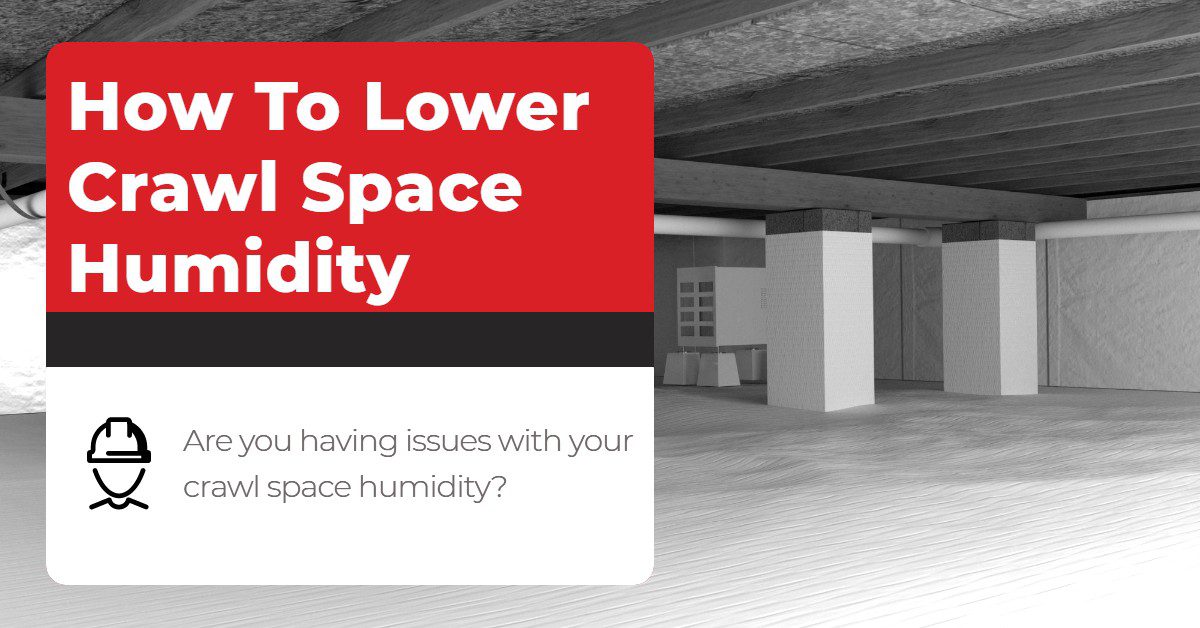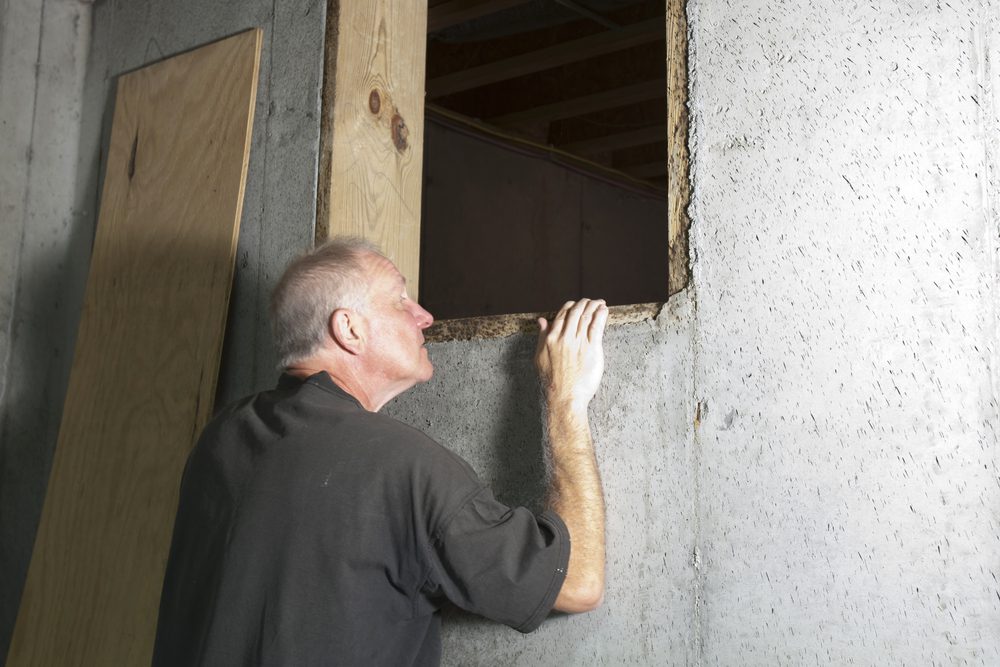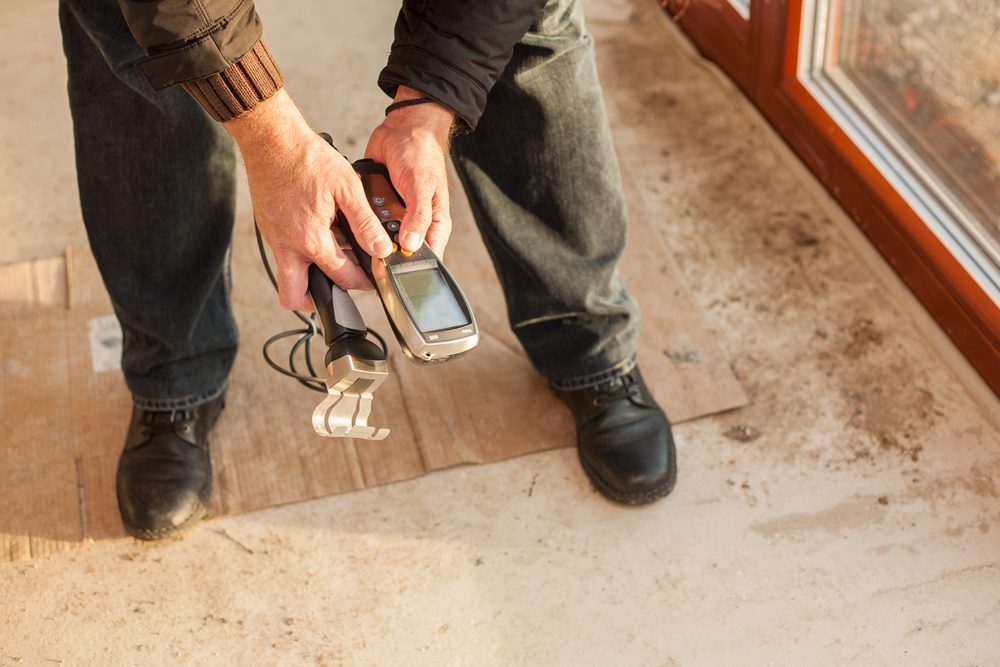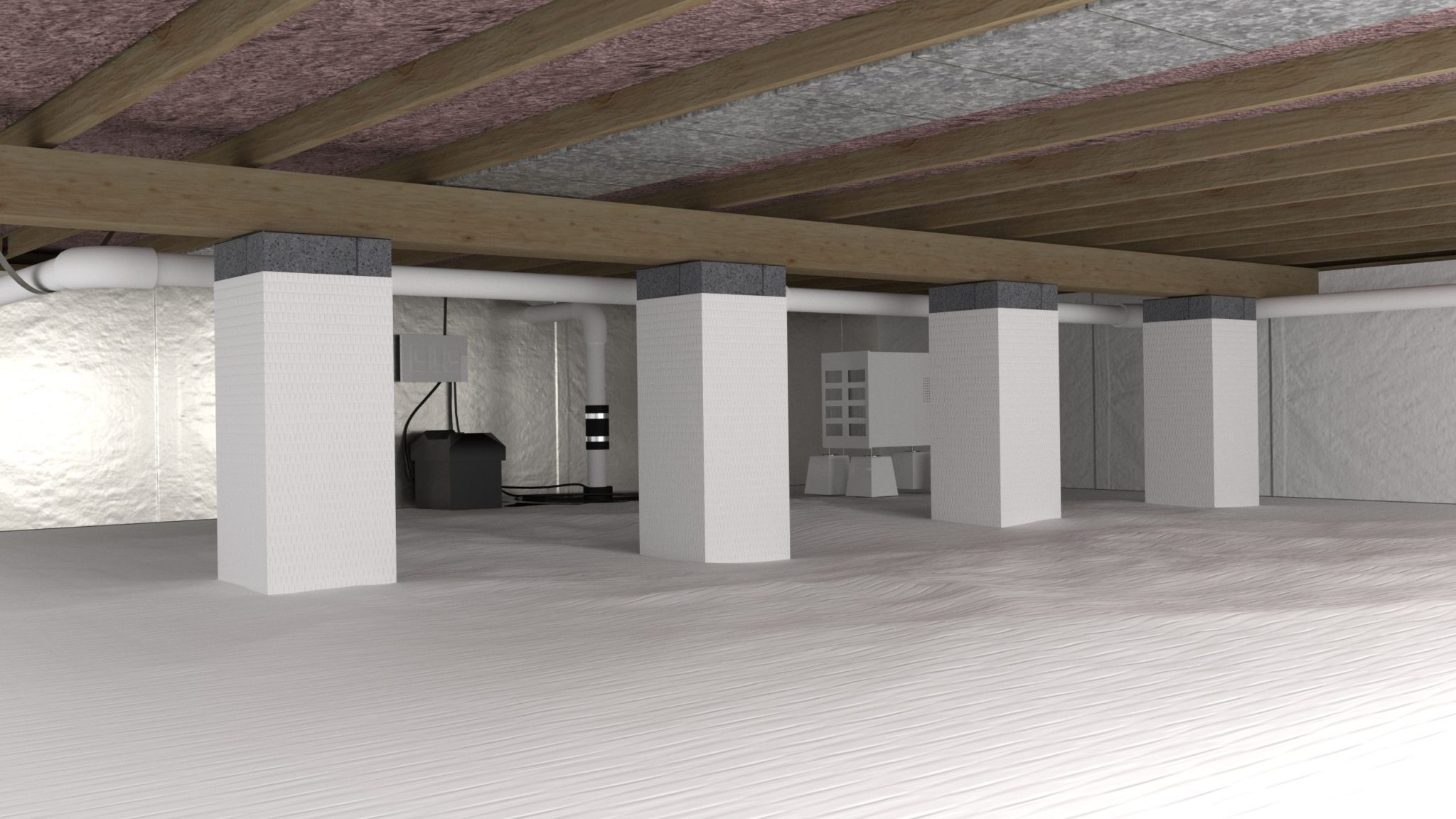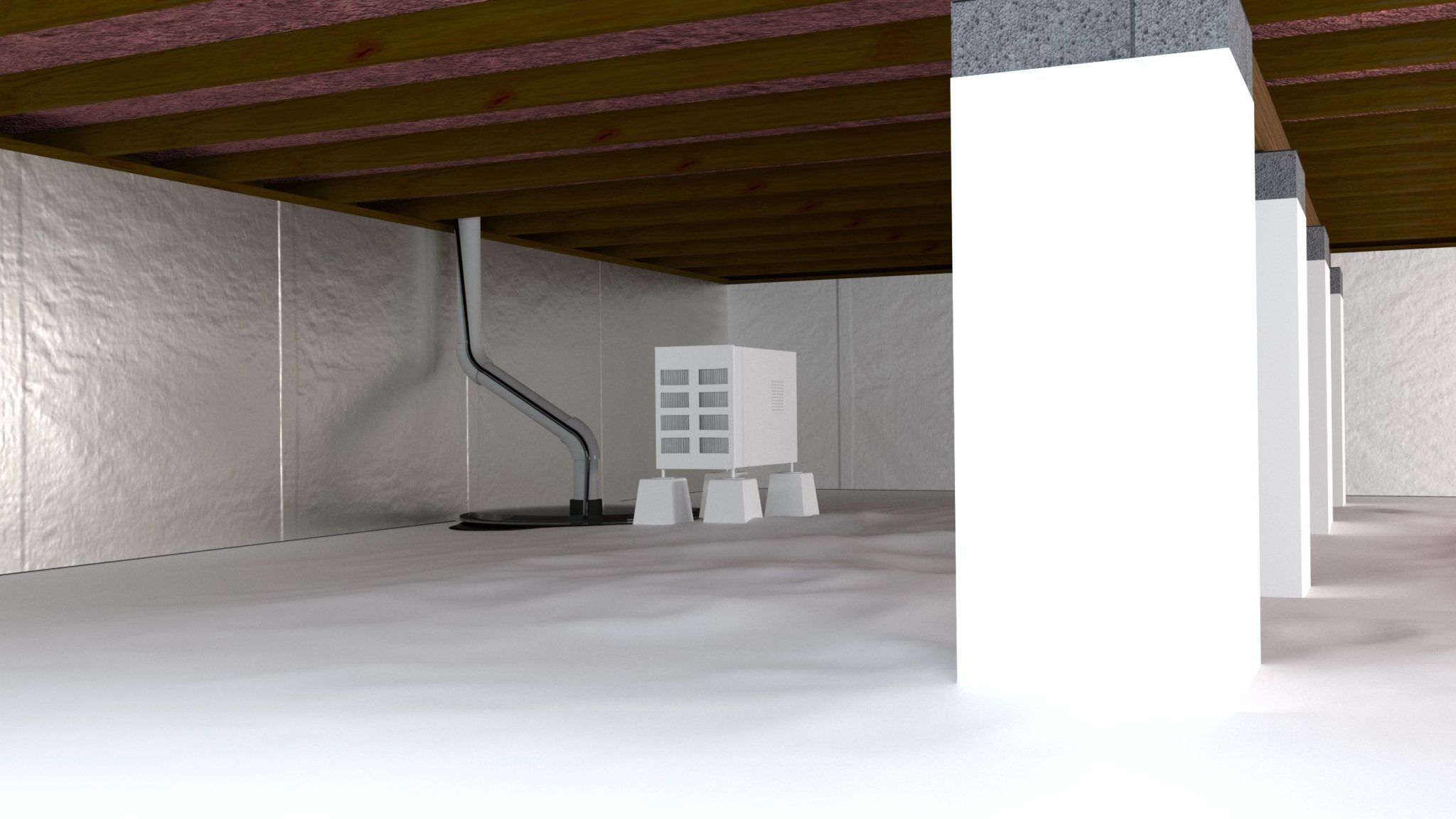Are you having issues with crawl space humidity? Do you know the ideal crawl space humidity level? How do you lower the temperature in your crawl space? We will answer all of these questions and more in this article. Follow along and learn more about how to deal with crawl space humidity.
Ideal Crawl Space Humidity Level
The ideal crawl space humidity level for your home is 50 to 55%. It may change slightly depending on where you live. This level allows your air to be healthy and decreases the side effects of a high humidity level.
It’s estimated that 40% of your crawl space air enters your home. This will change the breathing quality of your house. After we give you the solutions to lower your humidity levels, you will see an increase in indoor air quality and annual energy savings.
Why would you save energy? Well, your home is always affected by the air below it, and once hot air starts to rise, your air conditioning will have to work harder to keep it cool. Once you lower the temperature below, you will notice a change in your home. Humid air is very difficult to heat and cool.
Reasons Your Crawl Space Is Humid
Why is your crawl space humid? Let’s find out 3 of the biggest reasons why.
- Bulk Water – If you have a lot of standing water in your home, maybe after a rainstorm, you either have a drainage problem or perhaps a plumbing leak. You do not want a floating puddle of water under your home. It’s going to wreak havoc on your foundation.
- Moisture Evaporation – The soil beneath your home is prone to absorbing and evaporating water in the air. Your foundation walls, mainly porous concrete, can also evaporate moisture.
- Outside Air – Many crawl spaces have vents that allow outside air to enter. Cold air cannot hold as much moisture as hot air. It starts to settle on dirt and concrete.
Now that you know the reasons your crawl space is humid let’s go over the effects.
Effects Of Crawl Space Humidity
Below are some of the negative effects humidity and moisture can cause.
- Mold & Mildew – Mold needs at least 70% relative humidity level to grow and thrive. Mold can lead to breathing issues and other nasty side effects.
- Water Damage – If you have wooden beams under your home, you do not want water soaking and destroying the structural integrity of your foundation.
- Musty Odors – You breathe the air of the floor below you, so you are going to notice a musty smell in your home soon.
- Condensation – Once moisture starts to build up, you will begin to notice a dew inside of your crawl space.
- Buckled Hardwood Floors – if you have hardwood floors, and they lay on top of your crawlspace, you may notice they begin to buckle, warp, or bend.
- High Humidity – If you live in a southern climate, you are already dealing with intense humidity during the summer. You want to escape the heat when you enter your home, but what if the air below you is pumping out humidity levels hotter than outside?
- Insect Infestations – Bugs and other creatures like sewer flies love water. If you have puddles in your crawl space, you might notice an increase in unwelcome critters.
- Wood Rot – Do not let your wood floor beams become damaged due to wood rot. Once you have foundation issues, you are talking about more than just crawl space repairs.
Now you know the effects of a humid crawl space. But don’t be scared! We’re professionals and we offer solutions that work.
How To Lower Crawl Space Humidity
Here are the best solutions to help lower and regulate crawl space humidity.
Crawl Space Encapsulation
Crawl space encapsulation is when a vapor barrier is placed inside of your crawl space. A vapor barrier is a thin layer of impermeable polyethylene sheeting that prevents moisture diffusion through the basement wall. This keeps humidity in your crawl space to a minimum.
Crawl space vapor barriers are the first line of defense against high humidity and poor indoor air quality. These encapsulation barriers are 10 to 20 mil thick, puncture-resistant, and made of a high tensile strength material that stops soil moisture from entering the space. These liners encapsulate the crawl space so that moisture cannot attack exposed wood and create mold and mildew.
Crawl space sealing prevents the humid air from settling in the space, creating condensation and promoting mold growth. Many studies have been done proving that a sealed crawl space creates a healthier and more energy-efficient home due to the elimination of humidity fluctuations.
Check out more about – What you need to know about crawl space waterproofing?
Crawl Space Sump Pump
A sump pump is a fixture that sits in a home’s crawl space. It helps remove groundwater from underneath your home, preventing water from seeping through your floor. Water or heavy precipitation becomes a significant issue in your home without a sump pump (which sits in the sump “pit”). Sump pumps are also used to keep basements dry.
Dehumidifier
As a warning, you do not need a dehumidifier if your crawl space is vented. Otherwise, you will be just constantly dehumidifying outside air.
A crawlspace dehumidifier is installed in the encapsulated crawl space, positioned for optimum air circulation. Its fan circulates the clean & dry air throughout the area. This keeps crawl space humidity levels down.
Who Can Deal With Crawl Space Humidity?
If you are having issues with your crawl space or crawl space humidity, who should you call for help? Check out Foundation Professionals of Florida, an award-winning and top-performing company. We specialize in all your crawl space, foundation, and slab repair needs and can provide any of the services above.

